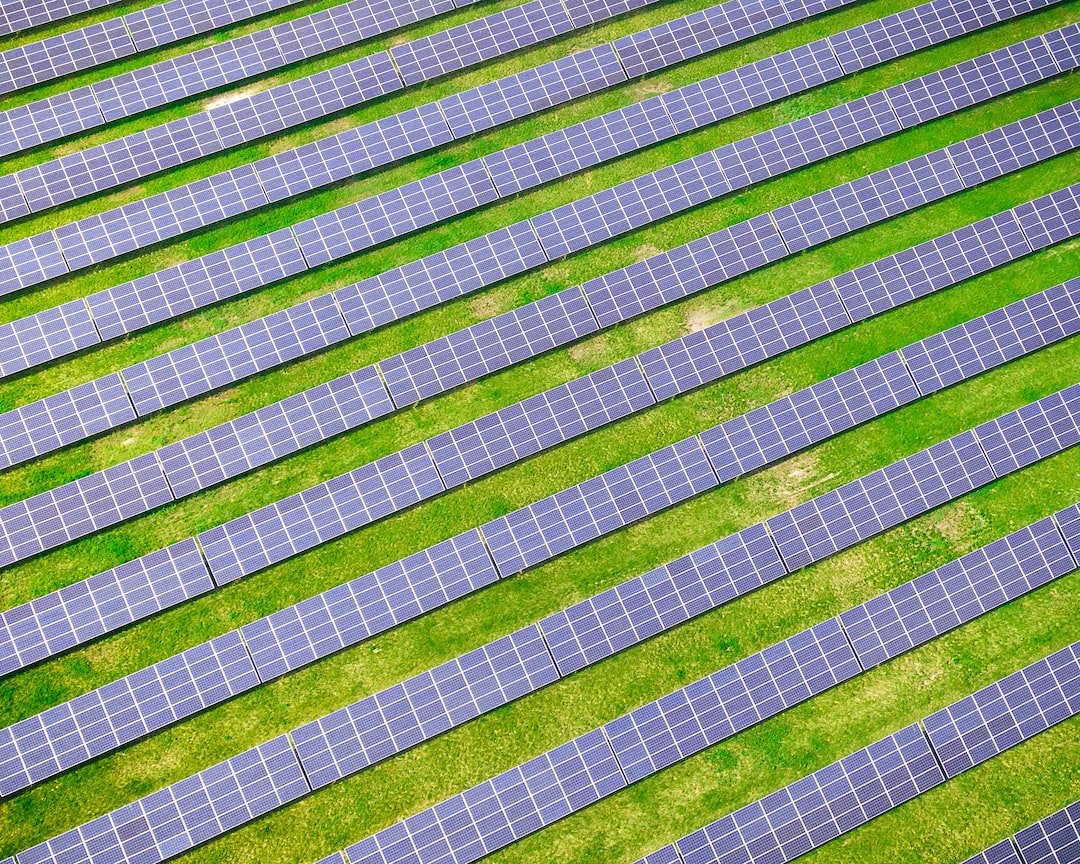
9 Fascinating Solar Energy Facts You Probably Don’t Already Know
The global solar energy systems market was valued at $160.3 billion in 2021 and will grow at a compound annual growth rate of 15.7% from 2022 to 2030. Knowing your alternatives when it comes to adopting renewable energy is crucial. Fossil fuels pollute the environment more and more each year.
A growing number of individuals are converting their homes to solar power. It is a means of being more independent and avoiding contributing to issues like global warming. You’ve found the ideal website if you’re curious about solar facts.
If you want to save money on your electric bill, clean, free energy from the sun may be the answer. Yet, before you buy solar panels, you may know what they can do and how they work.
Continue reading to learn about the fascinating solar energy facts you don’t know.
Table of Contents
1. The Most Prevalent Energy Source on Earth Is Solar Power
The amount of solar energy that strikes the Earth every hour is enough to supply all humanity’s energy needs. Every cubic foot of natural gas could be left in the ground if we could harness only one hour’s value of solar energy.
The size of the opportunity is that.
The Mojave Desert would produce more than twice as much power as the United States consumes yearly.
2. The Cost of Solar Panels Has Decreased by Over 99% Since 1977
A simple solar cell cost $77 per watt in 1977. The cost of a solar cell is currently $0.21 per watt, according to the Solar Energy Industries Association and GTM Research’s Q3 Solar Market Insight Report. It costs $0.39 per watt for a fully built module.
Visit Blue Raven Solar and look here for additional details on solar installation.
3. Solar Energy Is More Affordable Than Fossil Fuels
Solar energy is more affordable than almost all options for new fossil-fuel power plants, with unsubsidized prices as low as 4.3 cents per kWh. Natural gas is the least expensive fossil fuel alternative, with a cost per kWh ranging from 4.2 to 7.8 cents. If the trend of cost reductions is any indication, it will be soon that solar energy completely eclipses all forms of fossil fuel on a cost basis.
Solar installation production is likely cheaper in most cases.
4. Solar Power Plants Have a 40-Year Lifespan or Longer
It is often sustained by a power purchase agreement that lasts 20 to 25 years with a customer (utility, company, or residential). Yet, this does not imply that these plants will have no value in two decades. Solar panels have a lifespan of 40 to 50 years.
A solar power plant has a very long usable lifespan. Solar panels can be substituted with new, more efficient modules at a meager cost to improve performance.
5. There Are Several Environmental Effects Associated With Solar Power Plants
The National Renewable Energy Laboratory (NREL) estimates that a solar power plant would need 32 acres of land. The project would need 18,734,500 acres for solar plants. Solar thermal generating facilities also need to consume water.
If hazardous items are not disposed of properly, they can be deadly.
6. By 2024, Solar Will Be 35% Less Expensive
The notion is that solar costs will decrease over the next few years. The number of solar installations in the US will quadruple to four million by 2023. Nearly one-third of Australian households have solar panels, the highest percentage in the world, and Australia installed a record amount of rooftop solar panels in 2021—more than 3,000 MW.
Solar energy’s accessibility will result in lower prices owing to a good acceptance trend. Some predict a 15% to 35% decline by 2024, which would spur extra growth in the decade. The generation of solar energy is considered a low-risk method of producing power.
These characteristics make solar energy a sustainable energy source with high future potential that is becoming more appealing.
7. China Has the World’s Fastest-Growing Solar Power Capacity
China added the newest renewable energy capacity. China is also expected to have the number of installed residential solar power by 2024. This expanding pattern helps China fulfill its promise to reach a carbon peak by 2030 and achieve carbon neutrality by 2060.
Unfortunately, the country has also been using more coal. It makes the total solar energy capacity in China reach 161 GW. The United States solar power capacity was 78 GW, less than half of China’s.
China is urging other countries to use solar energy by providing renewable energy technology. China is leading the way in embracing and encouraging solar energy as an alternative source. China is setting the pace with the world’s fastest-rising solar power capacity.
8. India Wants to Lead the World in Solar Energy
India’s Prime Minister Narendra Modi promised to raise the percentage of renewable energy sources in the nation’s energy mix to 50% by the end of 2030 as part of the nation’s 2070 net zero policy. By 2022, one goal is to install 100 GW of grid-connected solar power facilities. Decentralizing and disseminating solar energy is another goal to meet the nation’s needs.
Yet, pandemic lockdowns and supply chain issues have hindered the development of many projects.
9. The Efficiency of Solar Technologies Is Increasing
The worldwide PV market has grown over 40% over the previous eight years. The panels on the market today are 15% to 20% efficient, which means they can turn 15% to 20% of the solar energy they manage into electricity. Panel efficiency has increased, which is encouraging and helps to keep costs down.
Their resilience to severe weather has been raised to about three decades with little to no efficiency loss.
Solar Facts That Impact Our Everyday Lives
Solar facts can help us build a more carbon-free society and protect our environment. It’s up to us to make sure that we shift our energy dependence to renewable energy sources. We can all use solar-powered devices, tools, and appliances to contribute to a carbon-free and healthy planet.
There are many great ways to enjoy solar energy, so learn more about it and how to use it yourself. Let’s all take a step to make the world a better place!
If you found this helpful and want to read more great content, check out our latest blog posts now!
Last Updated on April 30, 2023













